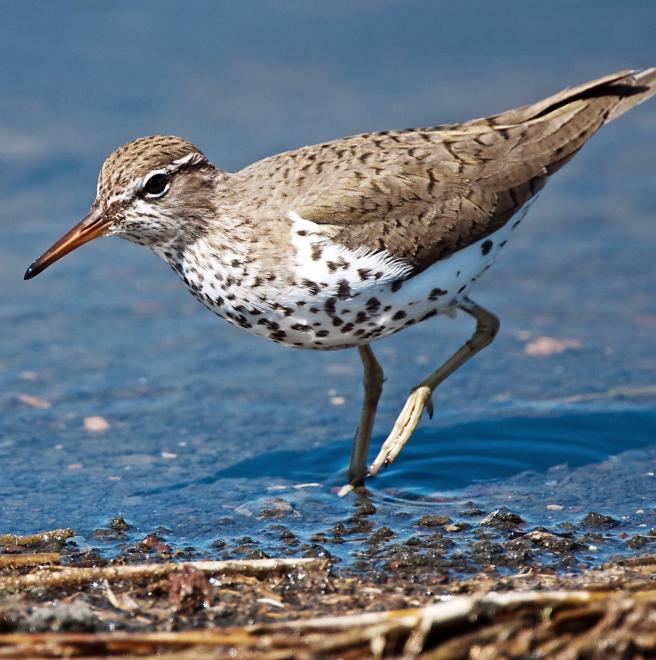

This is one of our most versatile sandpipers, breeding in diverse aquatic habitats and wintering widely across the southern U.S. Audubon's climate model forecasts a 57 percent loss of current summer range, with general northward drifts, but unevenly partitioned between summer and winter: wintertime areas of climatic suitability are predicted to more than double, while climatic suitability in summer may cause a slight decrease in the overall availability of nesting habitat. The complex mating systems of the Spotted Sandpiper have been shown to vary with climate and latitude, and it remains to be seen whether this bird’s courtship biology will be able to evolve in response to a northward migration of the breeding range.
Explore more birds threatened by climate change around the country.





















It's easier than you think to make a difference. Become an Audubon member today to help birds facing climate change.